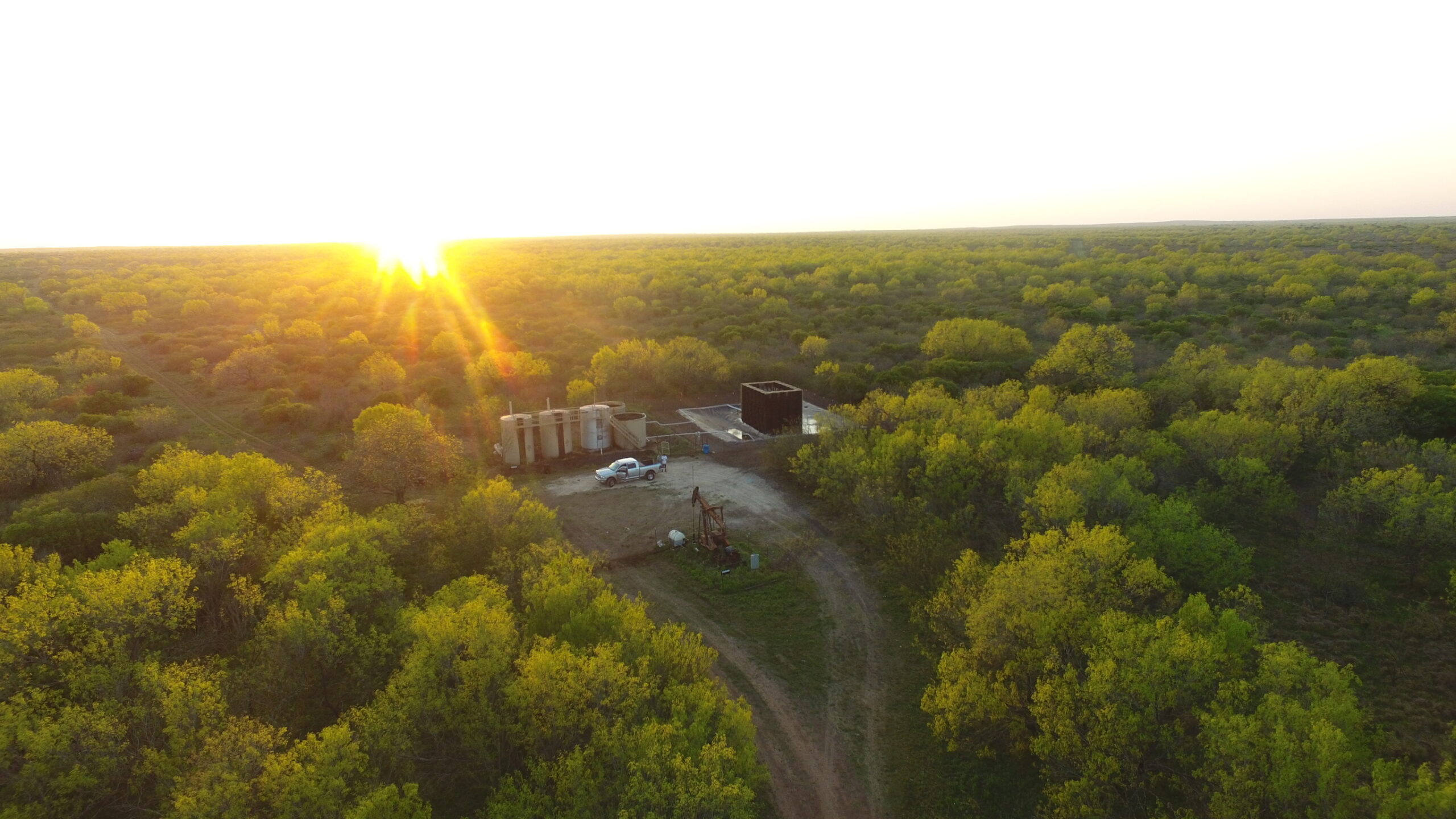This oil and gas E&P company didn’t need a bigger budget. Just a smarter solution.

Fewer trucks. Fewer complaints. Fewer problems.
In the Eagle Ford Basin of Texas, a remote E&P company faced a major problem: wastewater. With no nearby disposal sites, every gallon had to be trucked to a saltwater injection well — adding cost, congestion and carbon. On top of that, the surrounding community was really unhappy with local truck traffic congestion and the resulting associated wear and tear on the roadways. But trucks weren’t the only concern. SWDs were also under rising regulatory pressure due to their links to seismic activity and underground contamination.
With litigation threats on the horizon, this operator needed a safer, cheaper and expandable alternative — fast.
That’s why they turned to us.
Instead of hauling water away, installing an Ecovap matrix right at the wellhead made elimination simple. No fans. No chemicals. No drilling. No injection. Just natural, accelerated evaporation that shrank wastewater volumes without relying on underground disposal.
Construction took one month. They reaped the results just three months later.
Today, their few remaining trucks are dedicated to solid waste removal for routine maintenance of the smaller salt and residual slurry (190,000 ppm) catchments. And with decreased SWD dependence, regulators recorded a noticeable drop in both environmental risks and community complaints. Wastewater went from a major line item to a problem, solved.
All it took was four months
95%
reduction in trucking costs
35%
reduction in overall water handling costs
98%
reduction in wastewater volume
Ready to see what EcoVAP can do for your oil and gas company?
Give us a call. We’re a pretty friendly bunch.